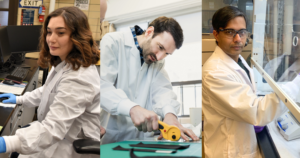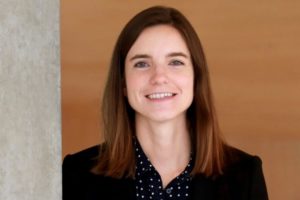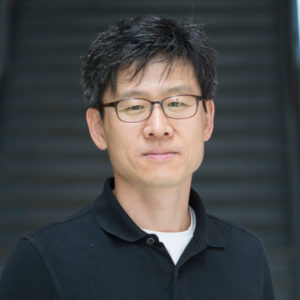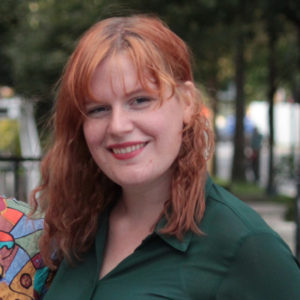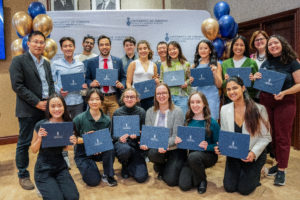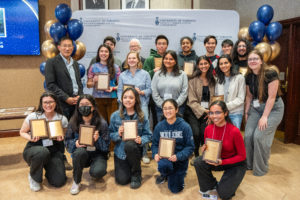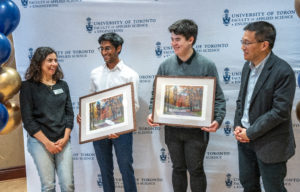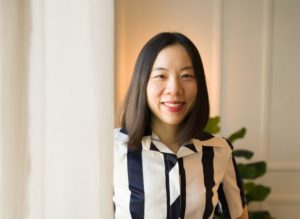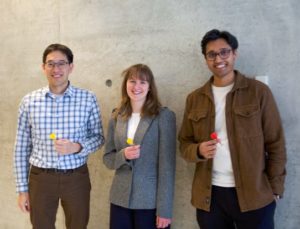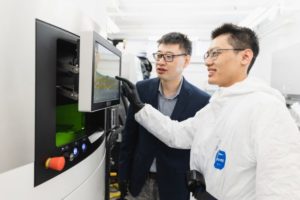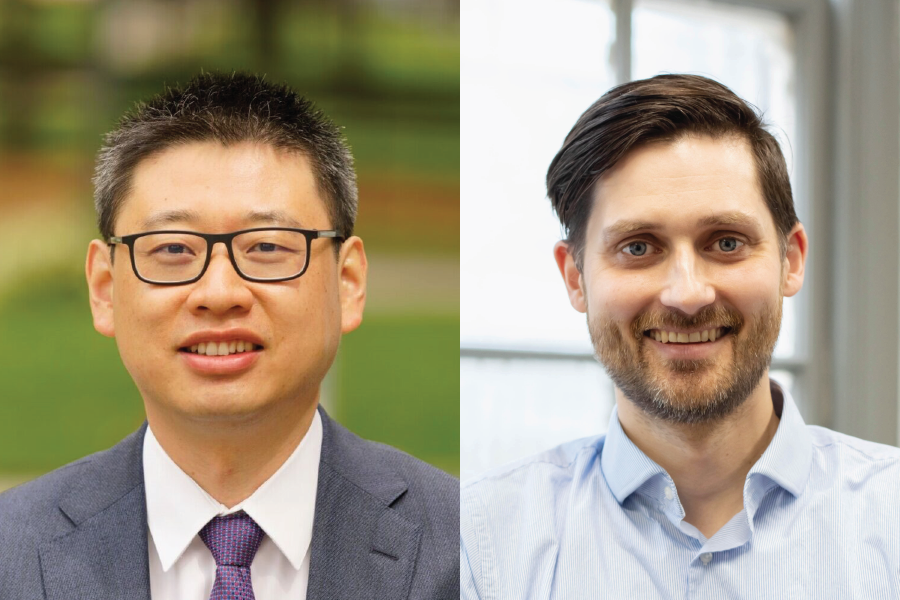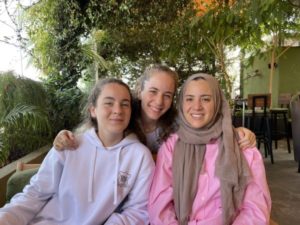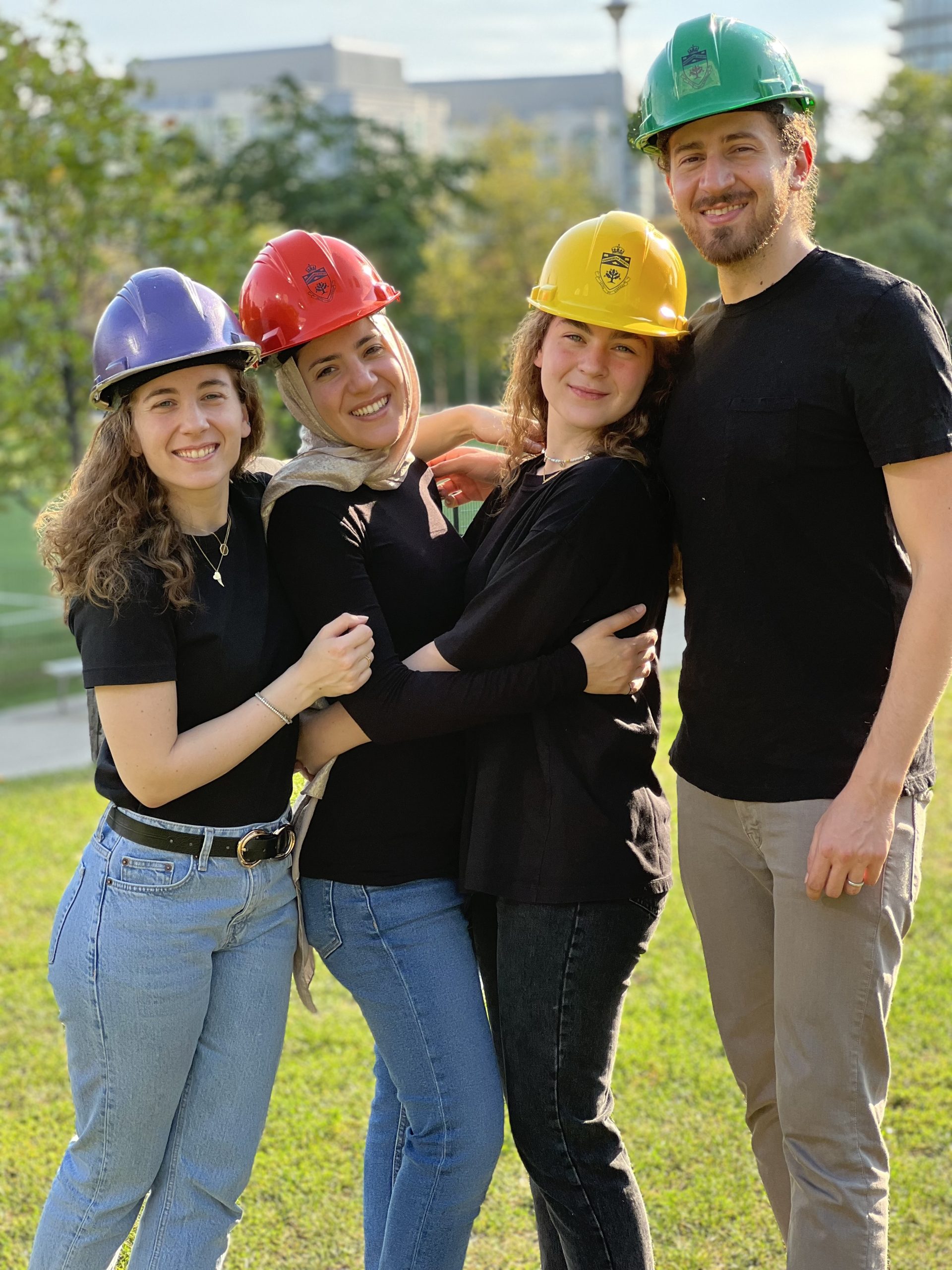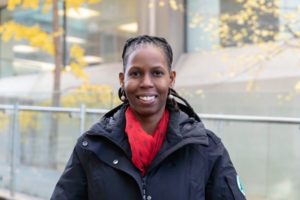
The new EV Design certificate aims to provide eligible undergraduate students with an understanding of the technical and environmental implications of engineering in EV design.
This fall, the University of Toronto’s Faculty of Applied Science & Engineering will launch a new Electric Vehicle Design certificate for undergraduate students. The program aims to prepare the next generation of electric vehicle (EV) engineers for professional and research opportunities in the growing industry.
“EVs have tremendous potential to improve local and global climates, which fits right in with our faculty’s broader goals of sustainability and environmental considerations,” says Professor Dionne Aleman, Associate Dean of Cross-Disciplinary Programs at U of T Engineering.
“From battery design to sustainability to infrastructure, engineering is a big part of advancing EV technology. We want engineering students to be able to hit the ground running in this exciting and growing field if they want careers in electrification.”
The widespread adoption of EVs has come into greater focus as governments across the globe develop new policies to achieve net-zero emissions goals by 2050. In Canada, the federal government has set a zero-emissions vehicle sales target by 2035, which will require all new cars, trucks, and SUVs to be battery-operated.
To meet this demand, the EV industry will require a workforce that can advance all facets of electrification technology, from vehicle design to charging technologies to battery capacity and thermal management of power systems. This work is multidisciplinary, spanning across mechanical, electrical, chemical, industrial, computer, and material science engineering.
While many U of T Engineering courses include aspects of EV design, the faculty has delved deeper into EV-focused topics in the past year with two graduate-level courses in electric vehicle systems and thermal science.
The new certificate will expand on these offerings to provide eligible undergraduate students with an understanding of the technical and environmental implications of engineering in EV design. It includes a new course, APS380: Introduction to Electric Vehicle Design, which is part of the certificate’s three half-course requirements.
“The EV Design certificate is the beginning of a start-to-finish investigation into both the design of EVs and their integration into society,” says Professor Matthew Mackay (MIE), who worked with Professor Olivier Trescases (ECE) to design APS380.
“Since EVs are inherently multidisciplinary, having students first encounter this content through the certificate and a multidisciplinary design course will expose them to the challenges and knowledge they would not otherwise see through a single-program outlook.”
APS380 is a broad-based introduction to EV design, which makes the technical content accessible to students across engineering programs.
“This certificate is part of a multi-year effort to bring EV teaching to our departments. It will take some time for us to grow the capacity of this effort as new lab spaces, lecturers, and courses are brought in,” says Mackay.
“But we want this to be an inclusive experience for students. If someone is interested but doesn’t have the required experience, we hope they can come to see us anyway — there may always be an opportunity to join.”
– This story was originally published on the University of Toronto’s Faculty of Applied Science and Engineering News Site on April 22, 2024, by Safa Jinje.
